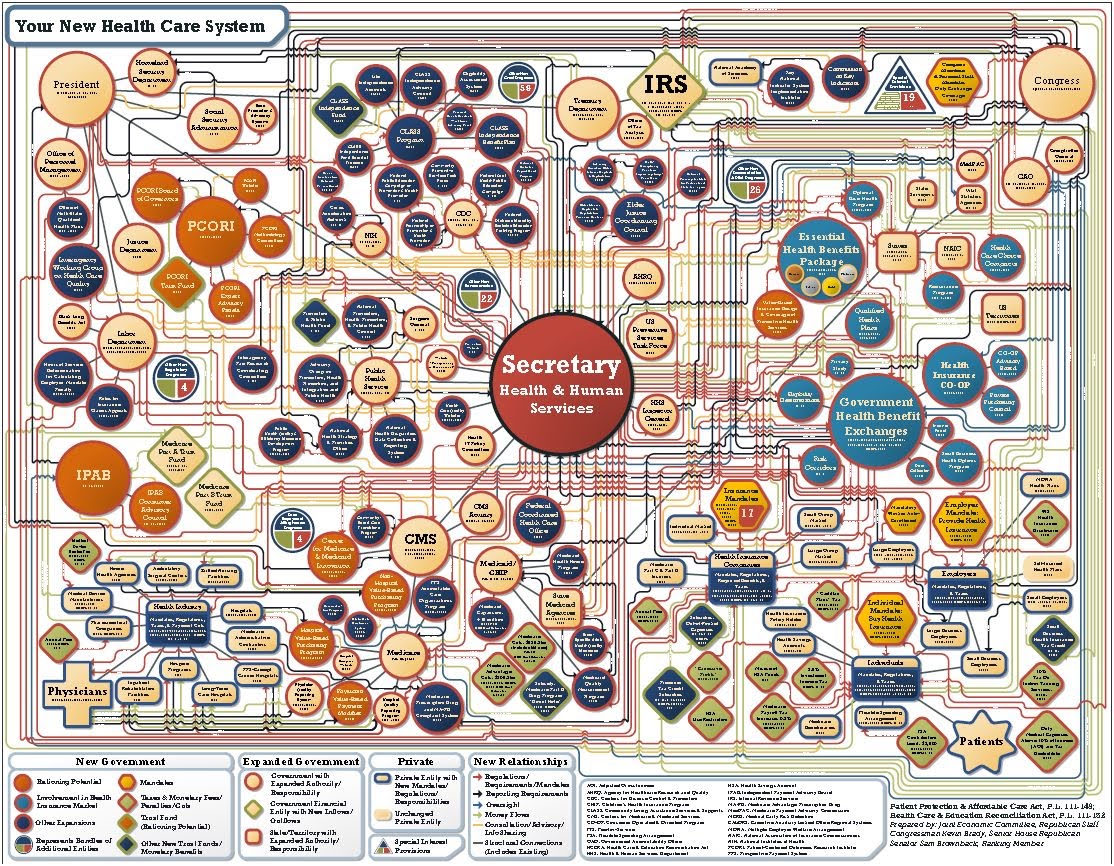Rube Goldberg Survives
< < Go Back
by Paul Krugman,
Holy seven million, Batman! The Affordable Care Act, a k a Obamacare, has made a stunning comeback from its shambolic start. As the March 31 deadline for 2014 coverage approached, there was a surge in applications at the “exchanges” — the special insurance marketplaces the law set up. And the original target of seven million signups, widely dismissed as unattainable, has been surpassed.
But what does it mean? That depends on whether you ask the law’s opponents or its supporters. You see, the opponents think that it means a lot, while the law’s supporters are being very cautious. And, in this one case, the enemies of health reform are right. This is a very big deal indeed.
Of course, you don’t find many Obamacare opponents admitting outright that 7.1 million and counting signups is a huge victory for reform. But their reaction to the results — It’s a fraud! They’re cooking the books! — tells the tale. Conservative thinking and Republican political strategy were based entirely on the assumption that it would always be October, that Obamacare’s rollout would be an unremitting tale of disaster. They have no idea what to do now that it’s turning into a success story.
So why are many reform supporters being diffident, telling us not to read too much into the figures? Well, at a technical level they’re right: The precise number of signups doesn’t matter much for the functioning of the law, and there may still be many problems despite the March surge. But I’d argue that they’re missing the forest for the trees.
The crucial thing to understand about the Affordable Care Act is that it’s a Rube Goldberg device, a complicated way to do something inherently simple. The biggest risk to reform has always been that the scheme would founder on its complexity. And now we know that this won’t happen.
Remember, giving everyone health insurance doesn’t have to be hard; you can just do it with a government-run program. Not only do many other advanced countries have “single-payer,” government-provided health insurance, but we ourselves have such a program — Medicare — for older Americans. If it had been politically possible, extending Medicare to everyone would have been technically easy.
But it wasn’t politically possible, for a couple of reasons. One was the power of the insurance industry, which couldn’t be cut out of the loop if you wanted health reform this decade. Another was the fact that the 170 million Americans receiving health insurance through employers are generally satisfied with their coverage, and any plan replacing that coverage with something new and unknown was a nonstarter.
So health reform had to be run largely through private insurers, and be an add-on to the existing system rather than a complete replacement. And, as a result, it had to be somewhat complex.
Now, the complexity shouldn’t be exaggerated: The basics of reform only take a few minutes to explain. And it has to be as complicated as it is. There’s a reason Republicans keep defaulting on their promise to propose an alternative to the Affordable Care Act: All the main elements of Obamacare, including the subsidies and the much-attacked individual mandate, are essential if you want to cover the uninsured.
Nonetheless, the Obama administration created a system in which people don’t simply receive a letter from the federal government saying “Congratulations, you are now covered.” Instead, people must go online or make a phone call and choose from a number of options, in which the cost of insurance depends on a calculation that includes varying subsidies, and so on. It’s a system in which many things can go wrong.
But the nightmare is over. It has long been clear, to anyone willing to study the issue, that the overall structure of Obamacare made sense given the political constraints. Now we know that the technical details can be managed, too. This thing is going to work.
More From The New York Times:




